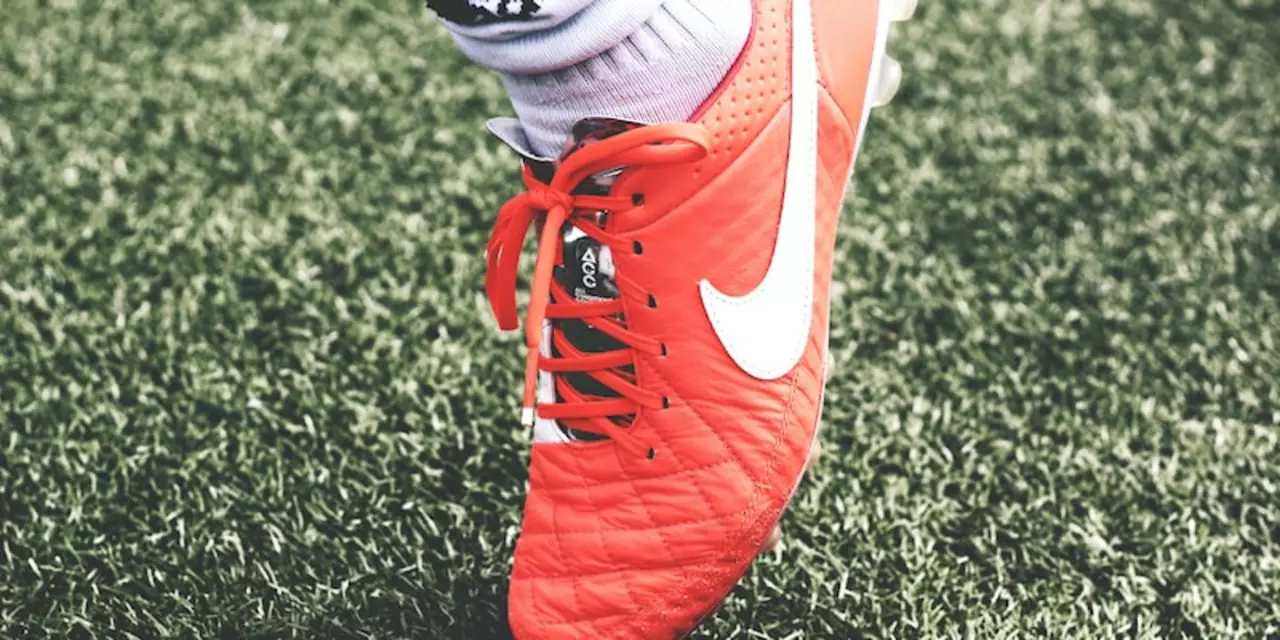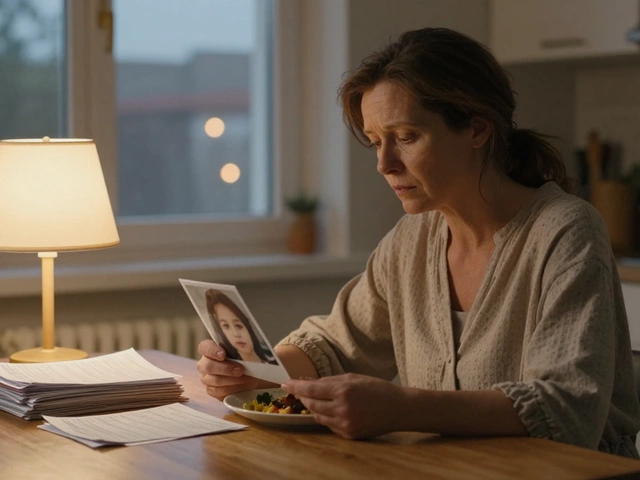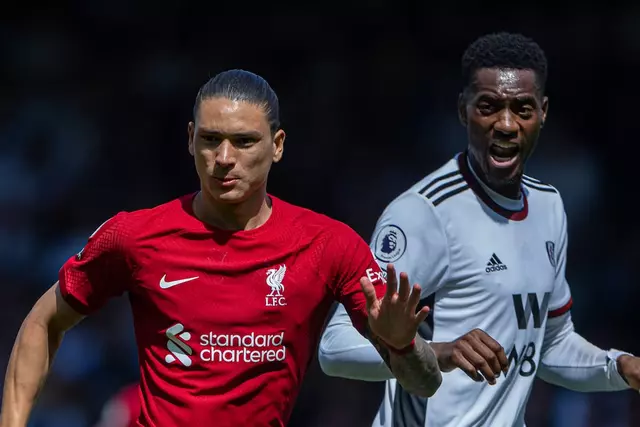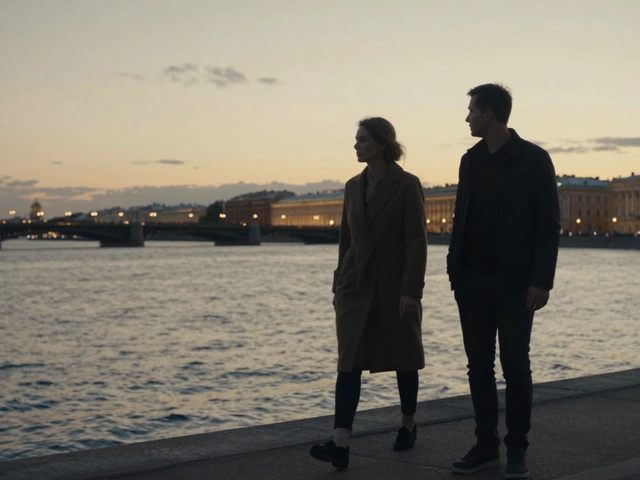Camcorder Guide: How to Choose, Use, and Get the Most From Your Video Camera
If you’re hunting for a camcorder that actually helps you capture great video, you’ve come to the right place. Forget the jargon and focus on what matters: picture quality, ease of use, and price. Below you’ll get straight‑forward advice that lets you pick the right model, shoot smoother footage, and keep your gear running for years.
Key Features to Look For
First up, resolution. A 1080p camcorder is still solid for most YouTubers and family events, but 4K is becoming the new baseline if you want future‑proof footage. Next, consider optical zoom. A 30x optical zoom gives you flexibility without sacrificing image quality, unlike digital zoom which just crops the image. Image stabilization is a lifesaver – optical or sensor‑shift stabilizers cut out shaky hands so your videos look professional even when you move. Finally, don’t ignore audio: built‑in mics are okay, but a camcorder with a mic input lets you attach an external microphone for clearer sound.
Buying Tips and Budget Options
Set a clear budget before you start scrolling. For under £300, look for models from Canon Vixia or Sony Handycam – they offer decent 1080p recording and basic stabilization. If you can stretch to £600‑£800, you’ll find 4K options with better low‑light performance and interchangeable lenses, like the Panasonic HC‑V770. When you see a big price jump, ask yourself if you really need that extra feature. Many users never use advanced chroma‑key or slow‑motion caps, so you can save money by skipping them.
Once you’ve narrowed the list, read user reviews that mention real‑world use – battery life, durability, and ease of menu navigation. A camcorder that promises 8‑hour recording but dies after 2 hours is a nightmare on a long shoot. Look for models with removable batteries; swapping spares keeps you shooting without a pause.
Now, let’s talk about setup. Before the first shoot, charge the battery fully and format the SD card in the camcorder, not on a computer. This prevents hidden errors that can corrupt files. Set the video mode to match your output – 30 fps for smooth motion or 24 fps for a cinematic feel. Adjust the white balance based on your lighting – daylight, cloudy, or custom – to avoid odd colour casts.
When you’re filming, keep the camcorder steady. Use a tripod or a handheld stabilizer for the smoothest shots. If you have to move, try a smooth pan by turning the camcorder with your wrist rather than jerking it. Use the zoom sparingly; zooming in while moving can make the footage look jittery. Instead, walk closer to the subject if possible.
After shooting, spend a few minutes backing up your footage to a computer or external drive. Deleting files straight from the camcorder can cause data loss if the write process isn’t finished. Simple editing software like iMovie or Shotcut lets you trim clips, add music, and export in a format ready for social media.
Maintenance is easy – wipe the lens with a microfiber cloth after every use and keep the battery contacts clean. Store the camcorder in a dry place; moisture can damage the internal electronics. If you notice dust inside the viewfinder, a quick blow with a canned air can clear it without opening the device.
With these tips, you’re ready to pick a camcorder that fits your style, capture steady, clear video, and keep the gear in good shape for the long haul. Happy shooting!
7
What is the best camcorder to record sports (soccer)?
This article offers advice on selecting the best camcorder for recording soccer. The author suggests considering size, resolution, frame rate, stabilization, audio, and battery life when choosing a camcorder. The author recommends choosing a 4K camcorder with an image stabilization feature, as well as a long battery life to ensure that you don't miss any of the action. Additionally, the author suggests selecting a camcorder with an external microphone connection for better sound quality. Finally, the author recommends investing in a waterproof case for the camcorder if you plan on filming in any wet conditions.





